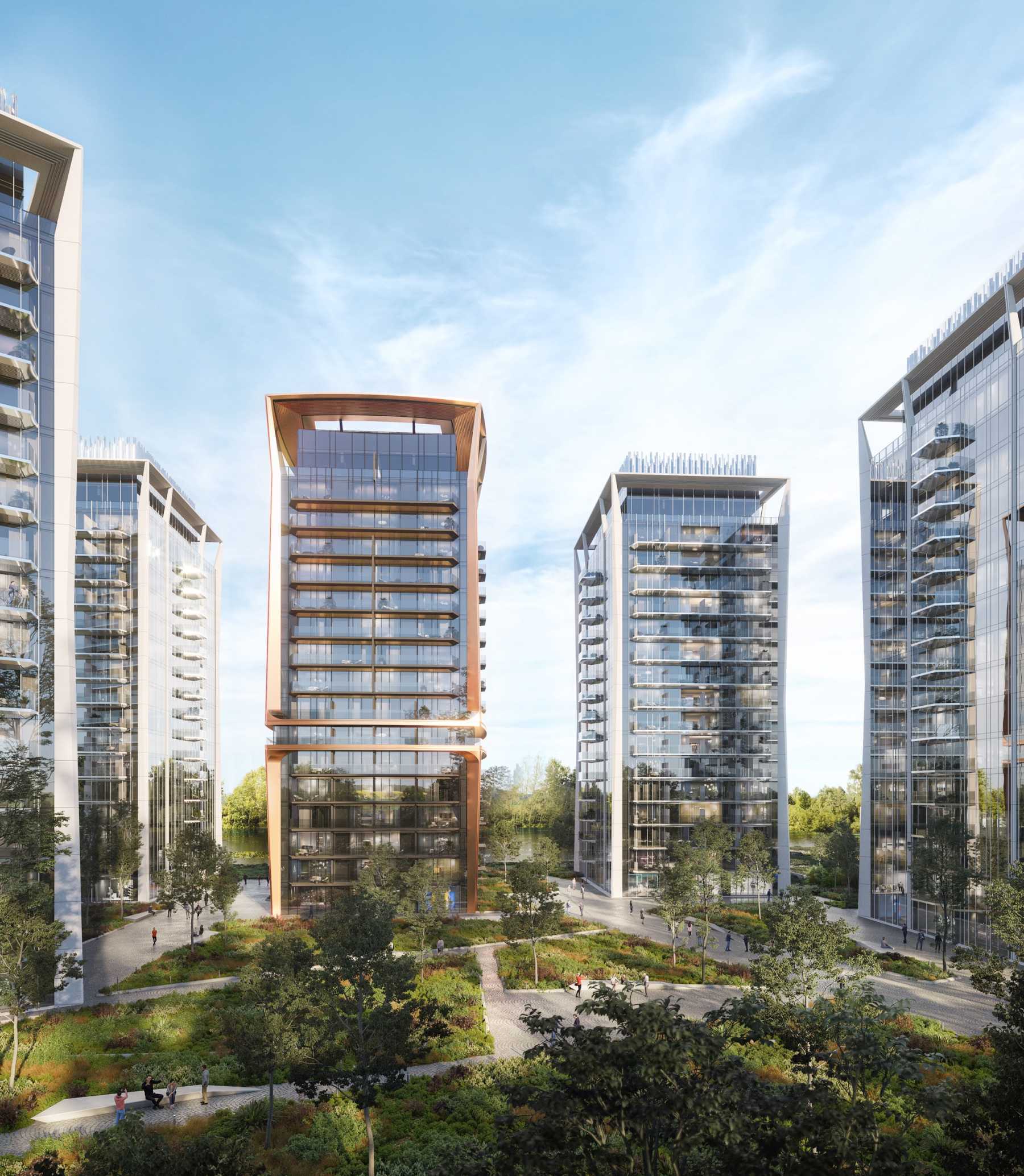According to the European Union's Copernicus Climate Change Service, the average global temperature in July of this year reached 16.95 degrees Celsius, marking the highest ever recorded for any month since temperature measurements began. In a time when climate change has become a daily topic of discussion, concern about the environmental impact of any activity is increasingly prevalent.
"Green" solutions are becoming essential, even in real estate developments, especially in densely populated and globally warming cities like Bucharest.
One of these solutions is represented by geoexchange systems, which One United Properties has already implemented for residential developments such as One Peninsula, One Lake Club, One High District, and One Lake District. In an article on Hotnews, the company representatives have explained the long-term advantages that these systems bring not only to the residents of these complexes but also to the city itself.
The geoexchange system is among the most efficient, environmentally friendly, and cost-effective energy solutions available for space conditioning. Geothermal exchange does not emit carbon dioxide, carbon monoxide, or other greenhouse gases that contribute to air pollution. Furthermore, because geothermal exchange systems do not burn significant amounts of fuels like gas, oil, propane, or coal, they operate at a lower cost and are much cleaner. As a result, heating and cooling costs are lower than traditional solutions, and they provide predictable, long-term energy consumption.
Geoexchange is a technology that utilizes the Earth's thermal energy as a source for building heating, ventilation, and cooling systems.
In the case of a residential building, heat pumps extract heat from the interior of apartments and transfer it to the ground through geothermal wells in cooling mode, and they operate in reverse in heating mode, extracting heat from the ground using the same wells and transferring it to the apartments. The Earth is thus used as a heat source when the system operates in heating mode and as a heat sink when the system operates in cooling mode.
In the case of ONE developments, ground-source heat pumps extract low-temperature heat from the ground, and with the help of pumps, they can raise or lower the temperature of the water in the indoor heating system (underfloor heating) and the indoor cooling system (fan coil units) depending on the season. Subsequently, they distribute this conditioned water to the end users. The supply water temperature for heating typically ranges between 30-45°C, while the supply water temperature for cooling ranges between 7-16°C.
Compared to the operation of a traditional air conditioning system, which is indispensable for maintaining indoor thermal comfort during hot periods but dissipates heat from the interior into the external atmosphere during cooling, ground-source heat pumps dissipate heat from the system's condenser (during warm periods) into the ground, where it is stored and later used during the colder months to heat the spaces. This significantly reduces the thermal impact on the external environment while achieving high energy efficiency.
The article can be read here.



